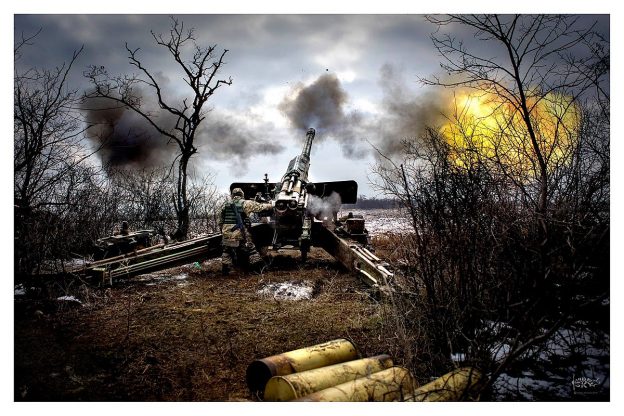Richard Sandbrook and Arnd Jurgensen
Richard Sandbrook is Professor Emeritus of Political Science at University of Toronto. Arnd Jurgensen lectures in international relations at University of Toronto. Both are executive members of Science for Peace, whose board members debated the issues discussed here.
One prevalent explanation of the war in Ukraine pins the blame on Russia; the other, which has little institutional backing in the West, but far more outside the West, blames NATO. Proponents of each view largely ignore the opposing interpretation. Both sides agree the war is illegal under international law, but there the agreement ends. For those who blame NATO, their declaration of the illegality of the invasion is largely a formality because, from their viewpoint, NATO provoked Russia to invade Ukraine. For those who blame Russia, the invasion is not only illegal under international law but also a travesty of “unprovoked” aggression. Continue reading
